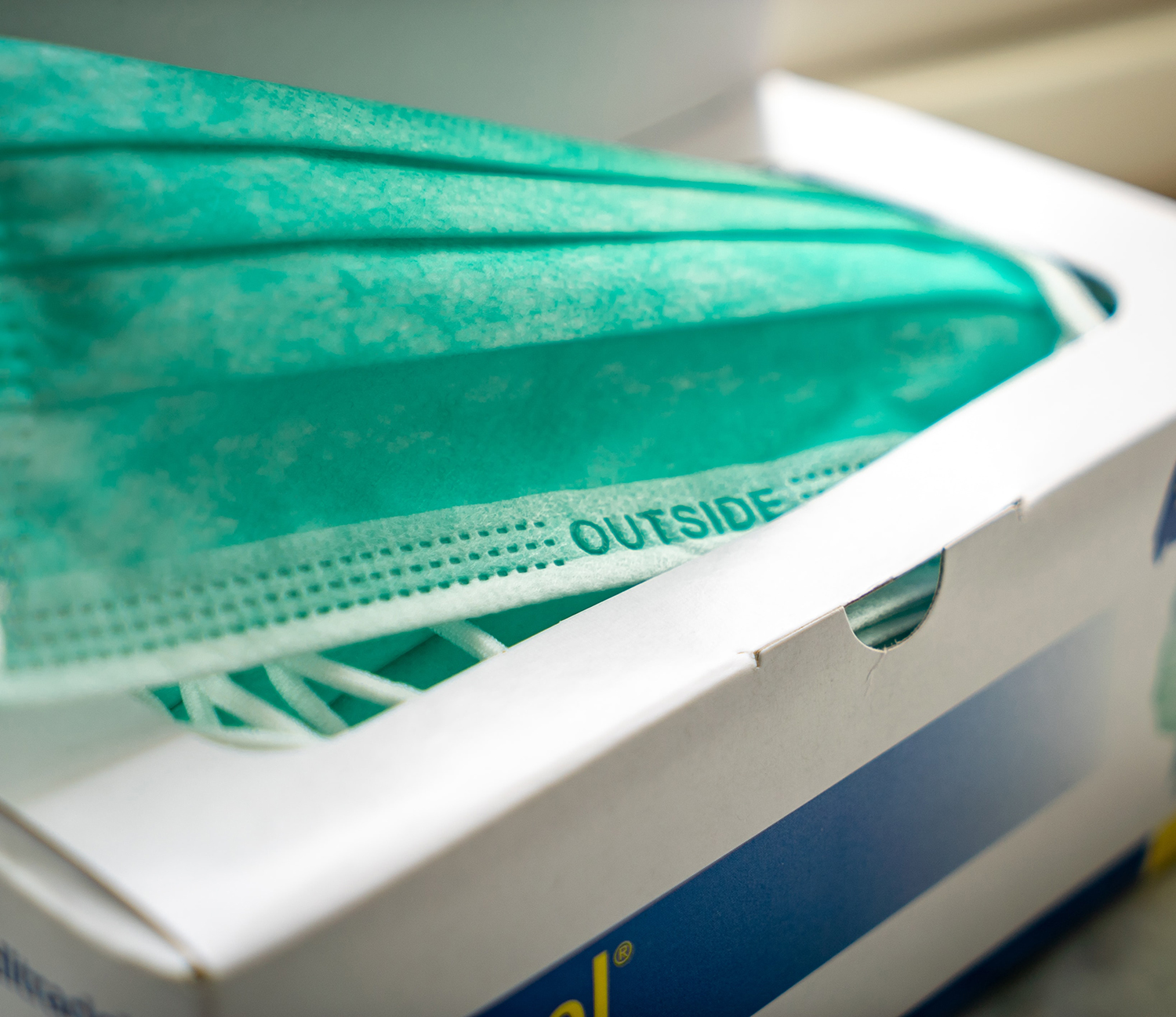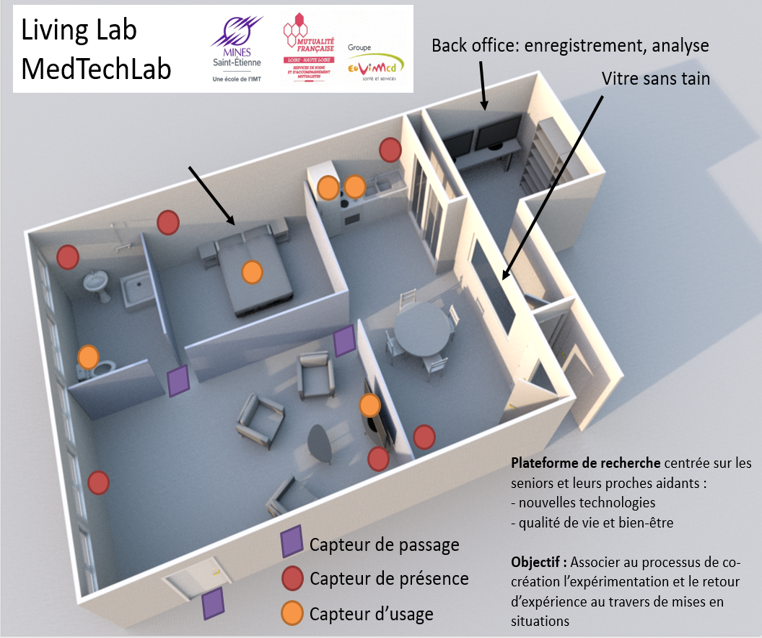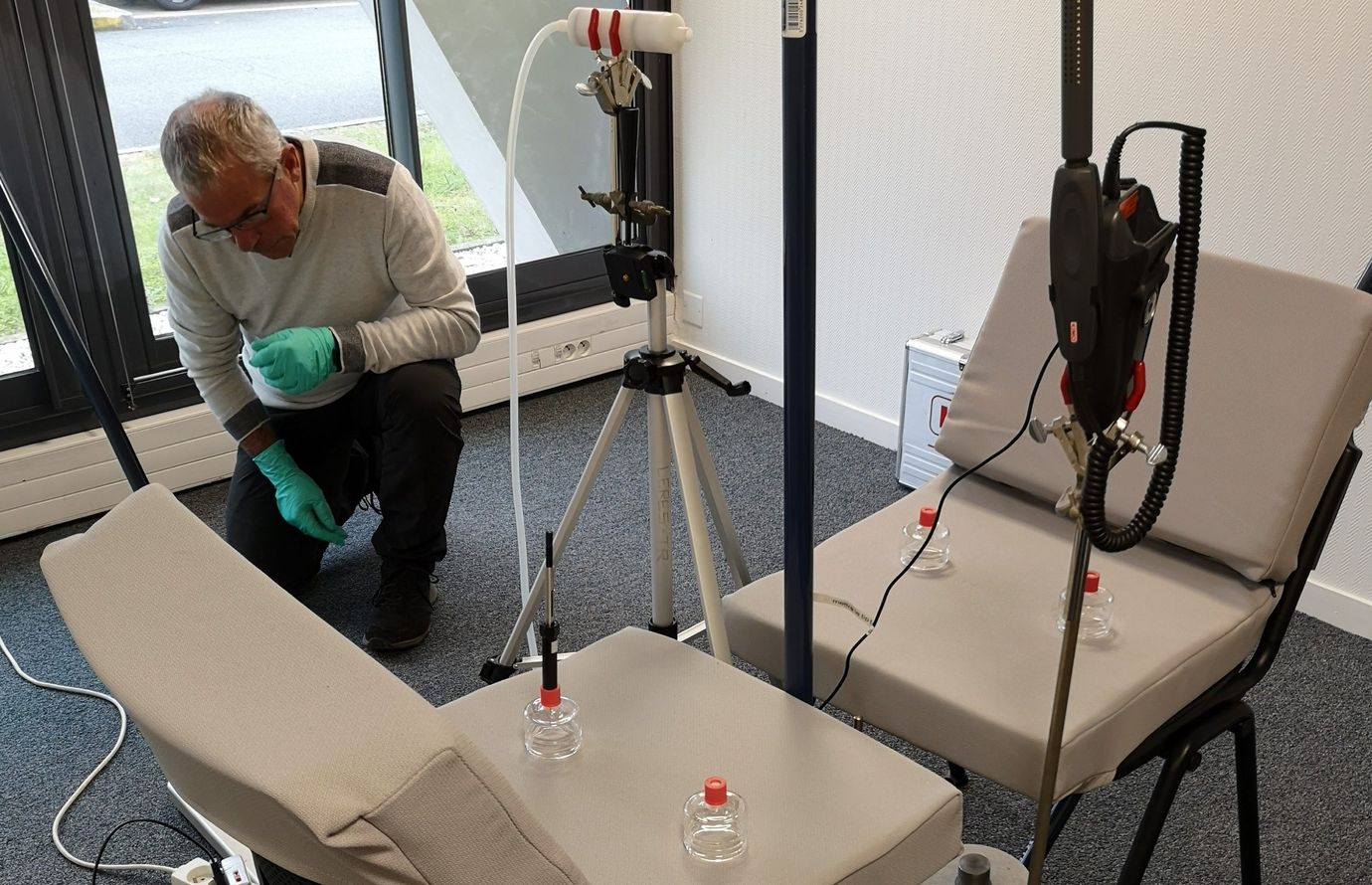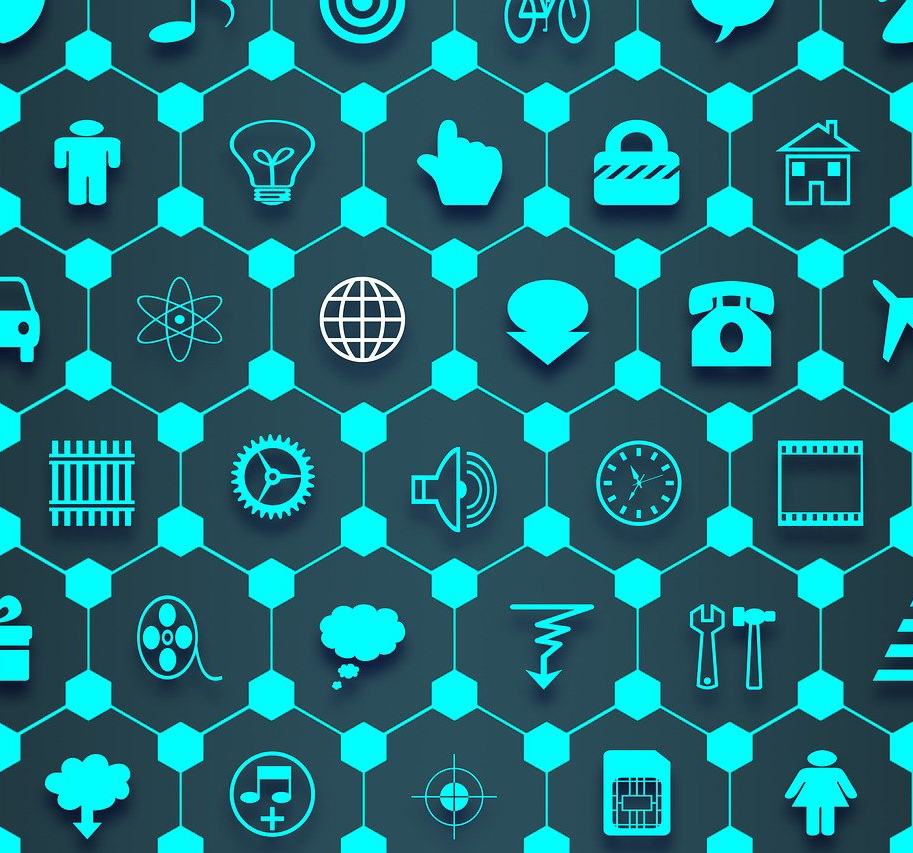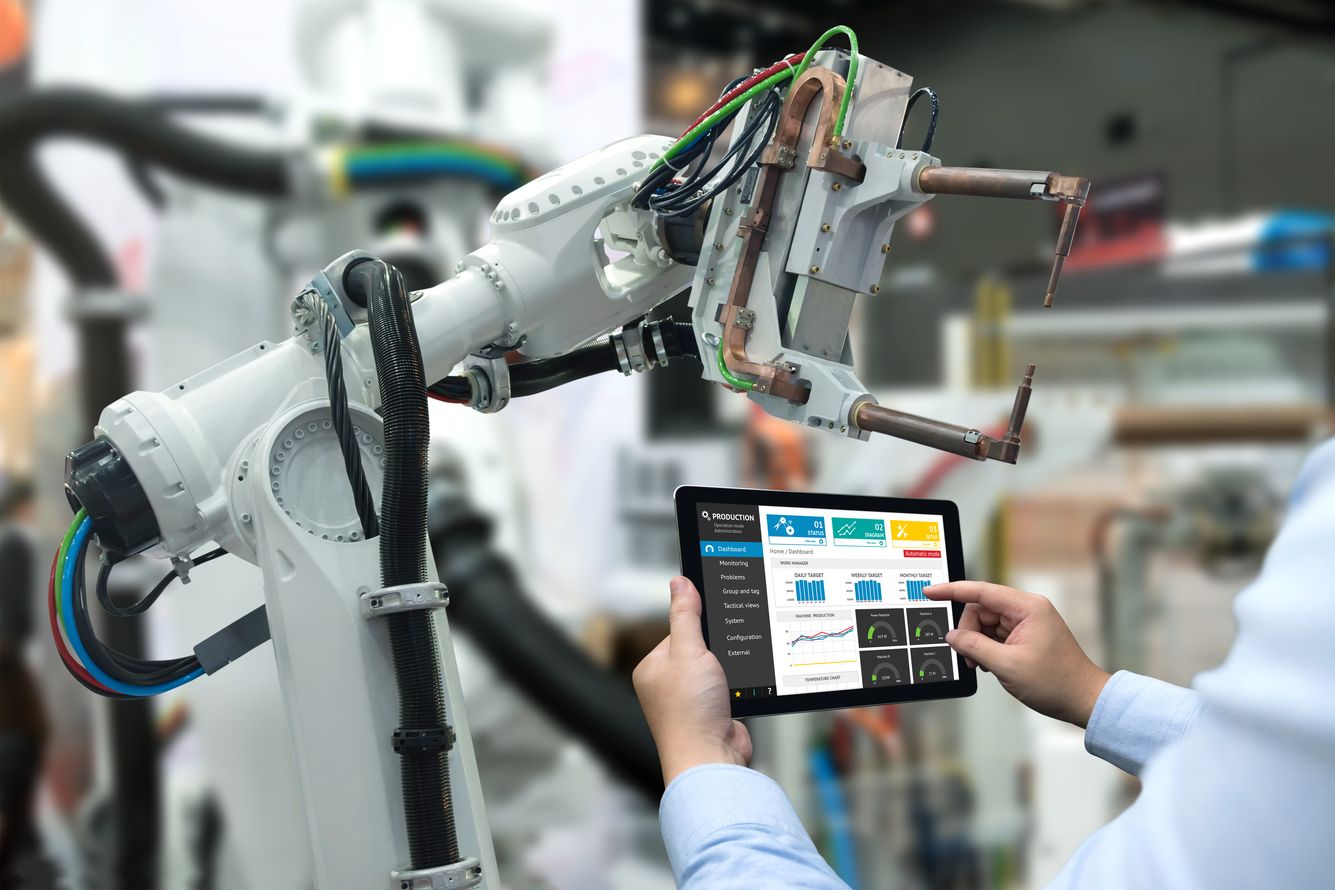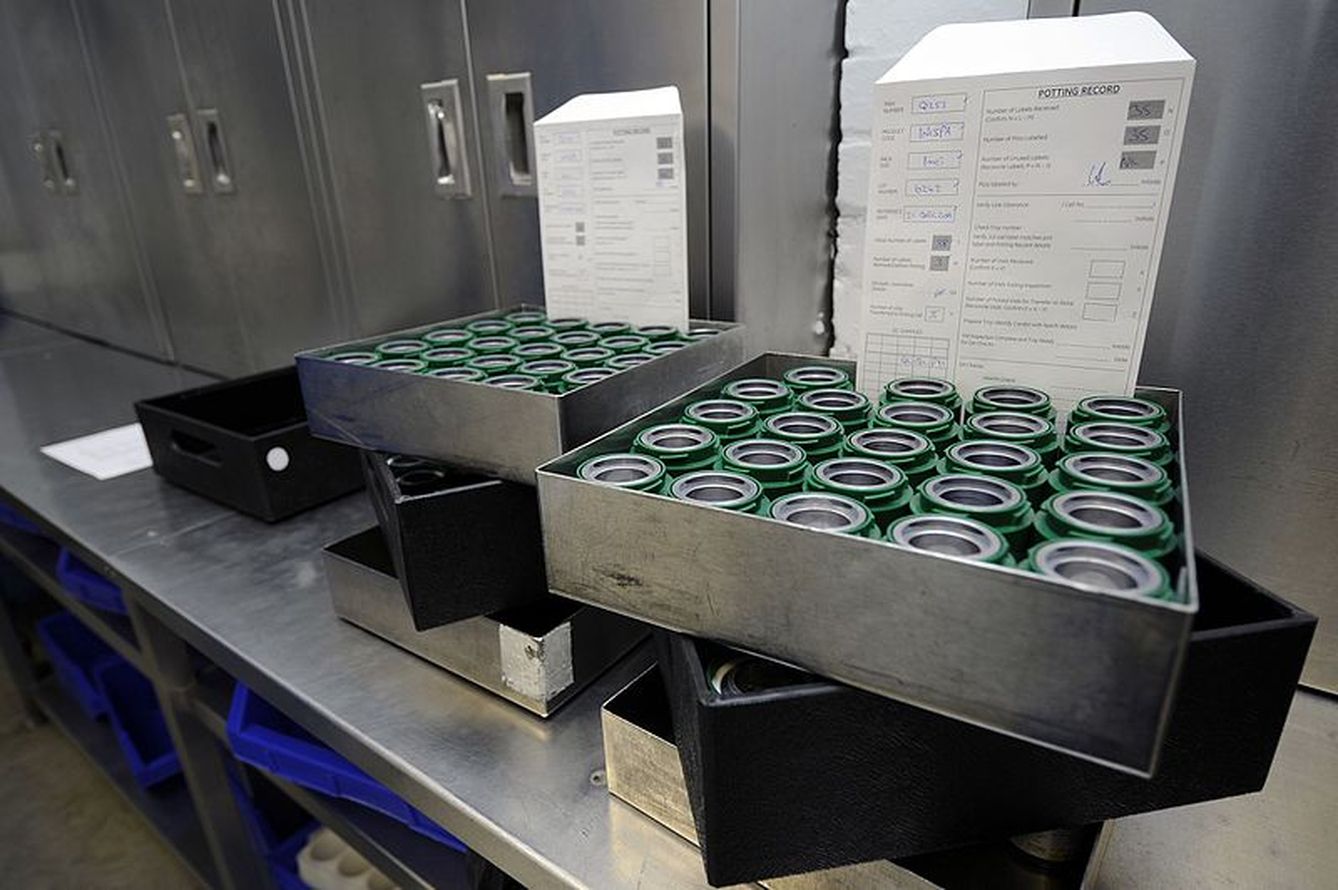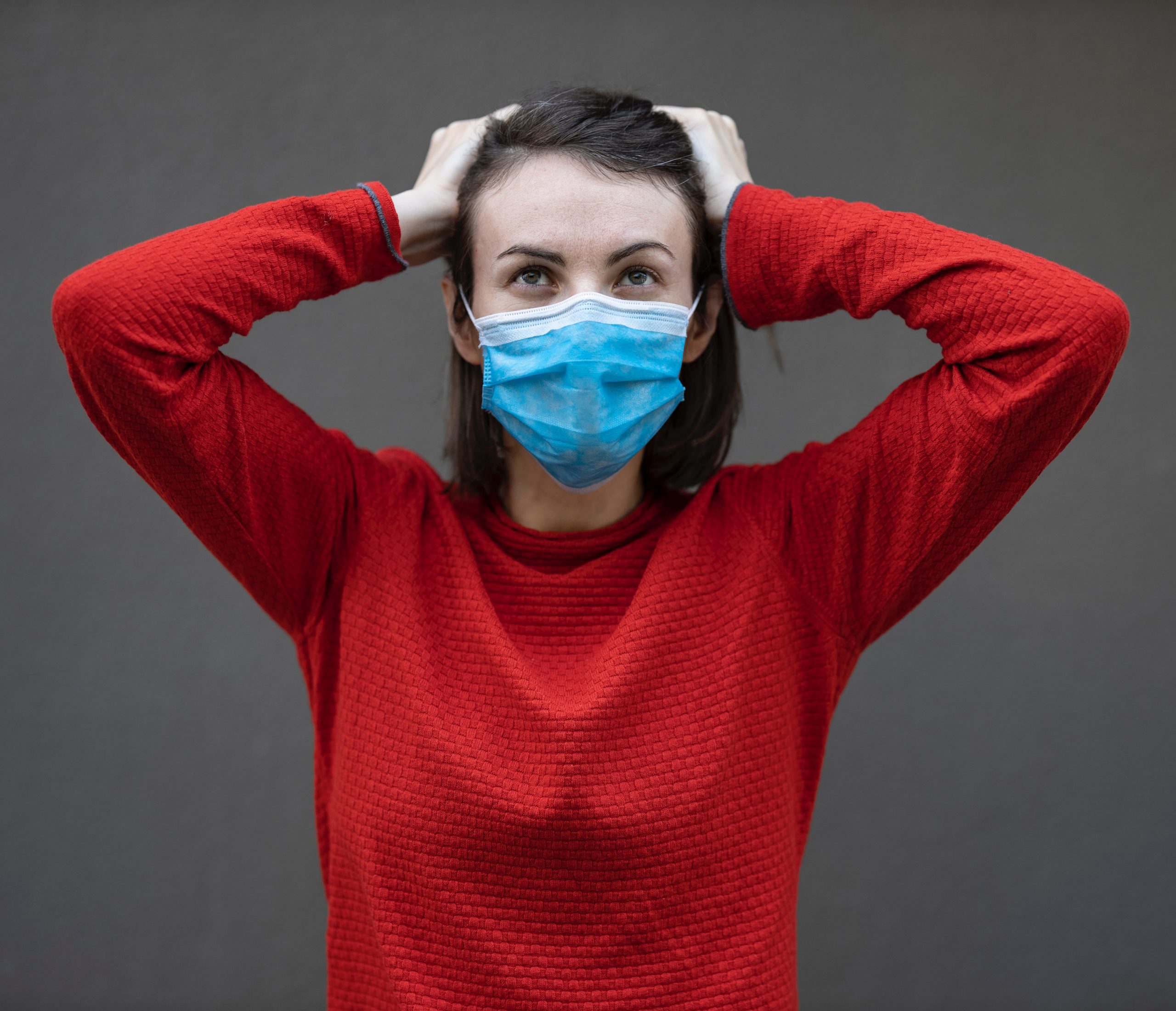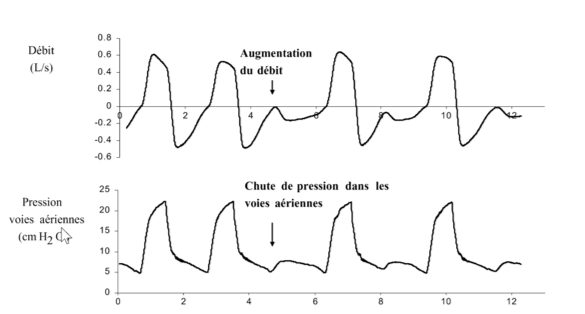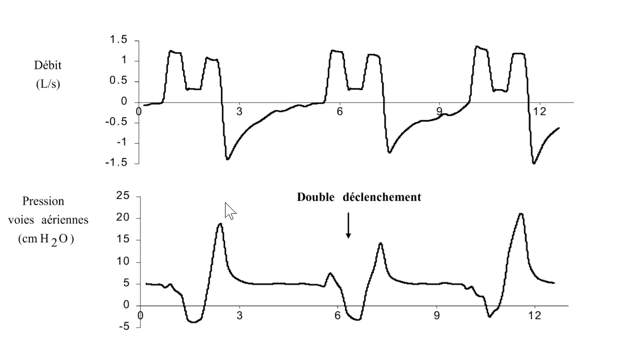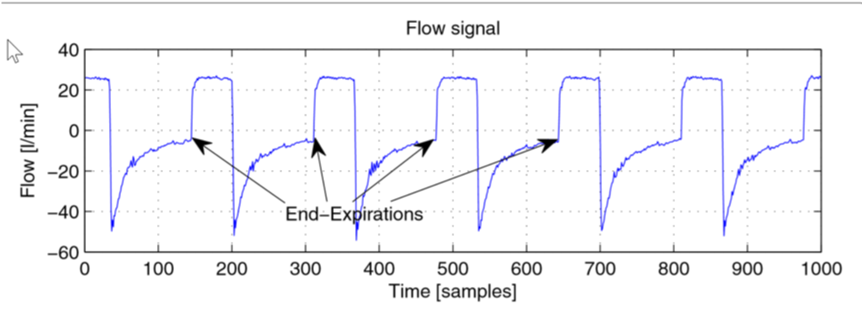Protective masks: towards widespread reuse?
How can protective masks be recycled and reused without risking safety? Scientists, medical practitioners and manufacturers have teamed up to explore different treatment methods. As part of this consortium, IMT Atlantique researchers are studying the impact of decontamination processes on mask performance.
Surgical and FFP2 masks are intended for single use. Thrown away after just a few hours of use, they are designed to protect the wearer from inhaling infectious agents spread through the air. The question of recycling these masks has not been raised before, but high demand for masks to protect healthcare workers and the general public has been a game-changer. To help find a solution to the current shortage, an interdisciplinary consortium bringing together nearly 25 laboratories and manufacturers throughout France was created in early March, led by professor Philippe Cinquin from Grenoble University Hospital, the CNRS and the CEA. Its goal is to find a treatment process that makes it possible to reuse masks.
Currently, various decontamination methods recognized for both their virucidal and bactericidal effects are being explored: among others, gamma or beta irradiation, thermal decontamination with steam at 121 °C; an ethylene oxide treatment, and wet or dry heating methods at 70°C or higher. These methods must able to reduce the bioburden of protective masks, without reducing filtration efficiency or breathability.
At IMT Atlantique, which is a member of the research consortium, Laurence Le Coq and her colleagues Aurélie Joubert and Yves Andrès are working mainly on this second aspect of the project. The researchers are drawing on their research on filtration applied to air treatment — for industrial waste applications, for example, or indoor air treatment in ventilation networks. The team has been able to quickly shift its focus and adapt its expertise to work on recycling used masks. “The contribution and dedication of researchers and technical staff, who were called on to respond to an urgent need to develop technical solutions and establish experimental conditions, has been instrumental,” says Laurence Le Coq.
By mid-March, the scientists had set up an initial test bed to closely reflect the AFNOR standards for masks in order to test their performance following decontamination. “If the masks are normally intended for single use, it’s also because they first undergo a treatment process which gives them a certain level of efficiency, as well as their mechanical strength and specific shape. When they are decontaminated, part of this pre-treatment is removed, depending on the type of decontamination and its conditions. What’s more, depending on how a mask has been put on, worn and taken off, it may be damaged and its structure could be altered,” explains the researcher.
Preliminary findings
So, how can effective decontamination be combined with a sufficient level of protection? “We compare how performance is maintained between new treated masks and used treated masks. More precisely, we measure the changes brought about by decontamination treatments, in particular their level of breathability and their filtration efficiency for particles with a diameter ranging from 0.3 to 3 µm, since the virus is spread by microdroplets,” explains Laurence Le Coq.
After ruling out certain methods, the scientists were able to determine favorable treatment conditions for decontaminating the masks without having too much of an effect on their inherent qualities. “Dry heat treatments, for example, are promising but we can’t move forward for the time being. Certain findings are encouraging following irradiation or washing at 95°, but only for surgical masks. For now, our findings do not allow us to converge on a single treatment, a single protocol. And most importantly, there is a huge difference between what we do in good laboratory conditions and what could be done on a greater quantity of masks in a hospital environment, or at home,” says Laurence Le Coq.
The researchers are currently trying to clarify and confirm these preliminary findings. Their goal is now to quickly establish treatment conditions that are effective for all surgical and FFP2 masks, regardless of the manufacturer.
Is widespread mask recycling possible?
The majority of masks provided for the “general public” during the lockdown are reusable after being washed at 60°C for 30 minutes. This is not yet the case for professional masks.
Lockdown measures have been accompanied by efforts to raise public awareness about the importance of wearing masks. In French departments classified as red due to a high number of cases, masks intended for the “general public” are mandatory on public transportation and in high schools. These fabric masks are less effective than professional protective masks, but they are easily reusable and can be washed at least five times. “What is lost in effectiveness is made up for by widespread mask-wearing and ease of use,” says Laurence Le Coq.
For the researcher, this unprecedented research project could also be an opportunity to consider recycling protective masks in the long term, even when there is not a shortage. “Is it really appropriate to have single-use masks if at some point we are required to use them to a greater extent, or even on a daily basis? How should the environmental costs of this medical waste be weighed? Of course, what happens next will depend on the treatment we’re able to develop.”
By Anne-Sophie Boutaud

